John William Waterhouse, a painter of classical, literary and historical subjects, is a romantic artist in the truest sense. He had a passion for strong and beautiful female figures and natural background, which gets reflected in his works.

The artists portray realistic themes in vivid color schemes, natural settings and beautiful lights using symbolism.
John William Waterhouse Biography
John William Waterhouse was born in Rome in 1849. His father worked as a painter. He was called as “Nino”. Waterhouse entered Royal Academy schools in 1870 and till then he worked in his father’s studio as his assistant.
His early paintings were mostly of classical themes. He traveled to Italy in the late 1870s and 1880s where he painted genre scenes. Got married in 1883 to Esther Kenworthy. Waterhouse painted in oils mainly, but in 1883 he was elected to the Royal Institute of Painters in Watercolour.
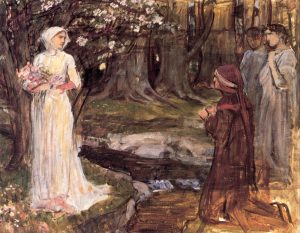
Very little is known about Waterhouse’s private life and therefore, many people wonder who the models posing for Waterhouse were. Waterhouse and his wife had no children.
Despite suffering from cancer and increasing ill-health, he continued to paint until his death in 1917. His wife, Esther Waterhouse outlived her husband’s death for 27 years. She passed away in 1944.
Famous Works of John William Waterhouse
Boreas
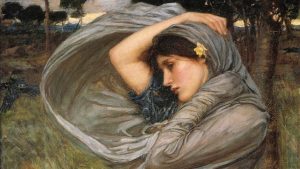
Hylas with a Nymph
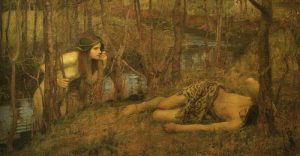
Cleopatra
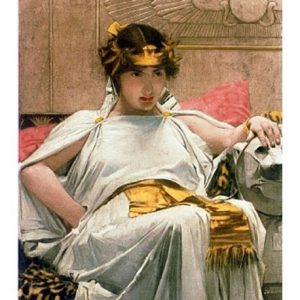
John William Waterhmodelouse The Lady of Shalott
Waterhouse is classed as a Pre-Raphaelite painter because of his dedication to beautiful women and realism. His most reflecting painting is The Lady of Shalott. He used to draw on stories or myths and he liked tragic or brutal stories but at the same time tried to find beauty or calm in them.
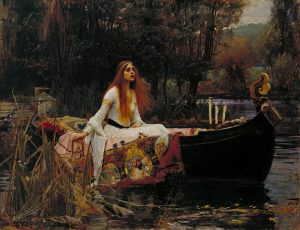
One of the best examples is, St. Eulalia. Instead of showing the horrific injuries and mutilated torso, the painting depicts her lifeless body is calm. The snow falling around makes it appear completely magical and otherworldly.
John William Waterhmodelouse Ophelia
Waterhouse could not complete the series of Ophelia paintings because of his illness. Waterhouse used mirrors and windows in the background to create a narrative.
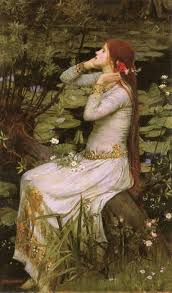
The artist paid attention to displaying equal details of the background also and this is reflected in the use of colors throughout.
Waterhouse’s Style, Significance, and Legacy
The clothing style of his models displayed in the paintings is ultimately romantic. Transparent clothing is used to reveal sexuality without making it too provocative.
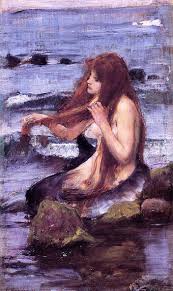
Waterhouse was, like many other artists of the Victorian era, an unhappy person who had lived to the time of modernization of early twentieth century. This was the time when incompetent artists had started to become fashionable in the art world.